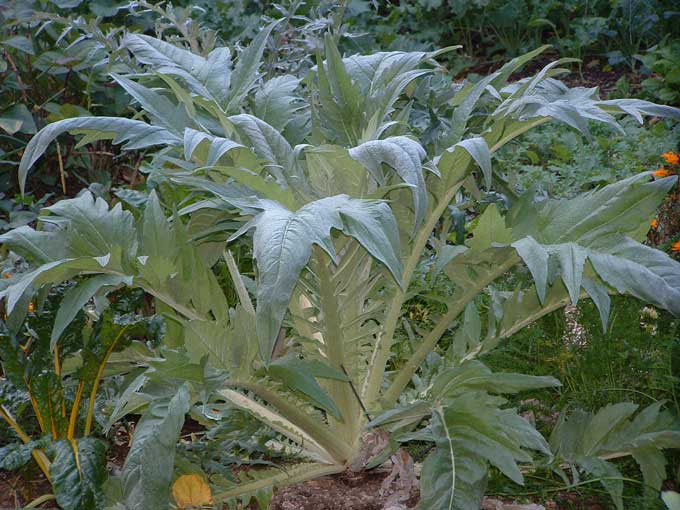After a summer of almost continual rainfall, my vege patch succummed to weeds and soil compaction - again. This has been drought breaking weather and it will be a challenge to manage the new weather pattern. Already, I am thinking summer will be a fallow time in my patch - a time to plant green manure and let the weather have its wicked way.
I removed many bags of weeds and creeper vine that had invaded the patch. Suprisingly, it didn't take long to get back to the bones and a handful of well rotted chicken manure and dolomite lime was all that was needed to get the soil back into action. The carrots I sowed before leaving on my 5 week holiday managed to survive the rain, and the rebel tomato gang sprouted again. The eggplants and bell cucumber survived and although a little sad looking, hopefully they will perk up on the 'drugs' I gave them.
Conscious of crop rotation, I have planted for early autumn - lettuce, spring onions, parsely, broccoli, cabbage and cauliflower. I have also planted blue cornflowers, gerberas and stocks in an effort to get some winter colour in the patch.
 |
| blue cornflower |







